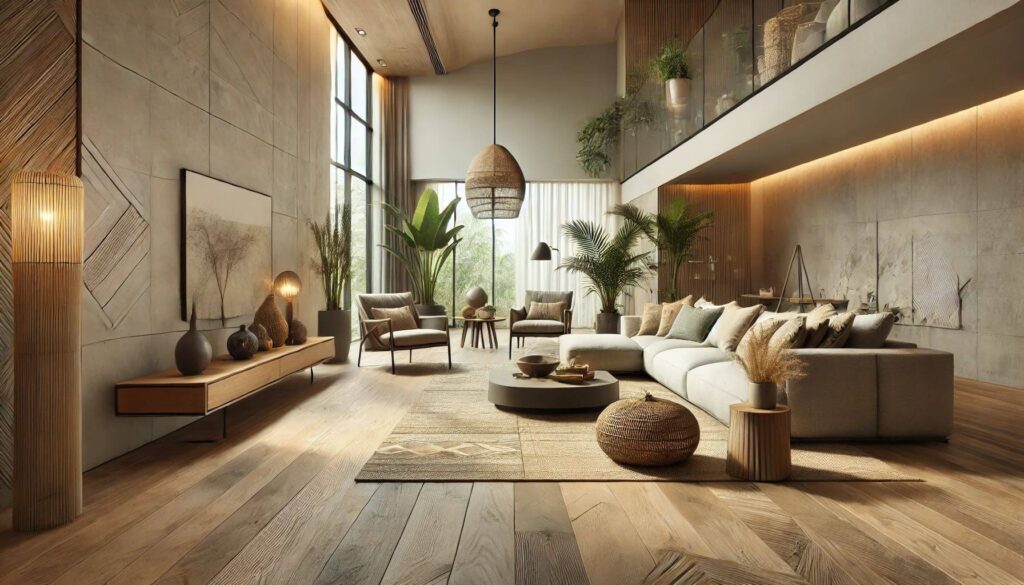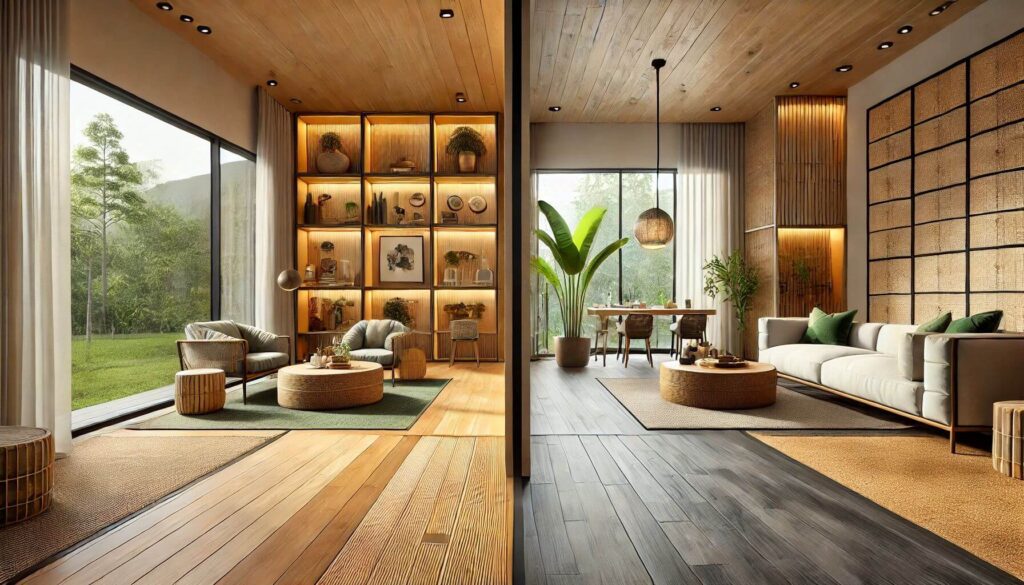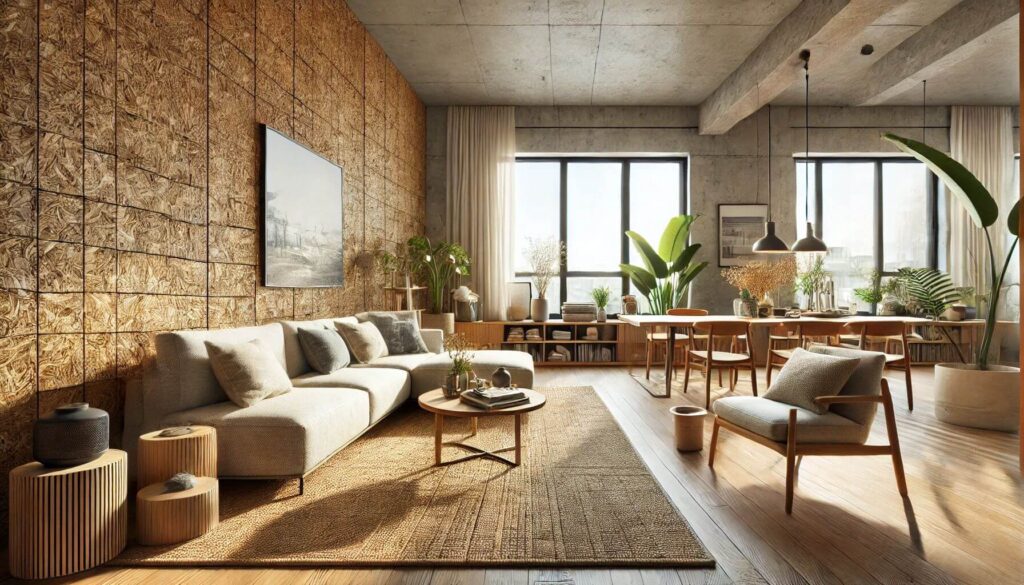
In the realm of eco-friendly flooring options, village husk flooring is making waves as a unique and sustainable choice. This innovative material combines rustic charm with modern sensibilities, offering homeowners a way to bring natural beauty into their living spaces while reducing their environmental footprint.
What is Village Husk Flooring?
Village husk flooring is crafted from the outer shells of rice grains, a byproduct of rice production that would otherwise go to waste. This ingenious use of agricultural residue transforms what was once considered trash into a durable and attractive flooring material. The process involves compressing and treating the husks to create sturdy planks or tiles that can withstand the wear and tear of daily life.

The Environmental Benefits
One of the most compelling reasons to consider village husk flooring is its positive environmental impact. By repurposing rice husks, this flooring option helps reduce agricultural waste and decreases the demand for traditional wood flooring, which can contribute to deforestation. Additionally, the production process for village husk flooring typically requires less energy and fewer chemicals compared to conventional flooring materials.
Aesthetic Appeal
Village husk flooring boasts a distinctive appearance that can complement a variety of interior design styles. The natural variations in color and texture of the rice husks create a warm, organic look that can range from light beige to rich golden hues. This versatility allows it to seamlessly blend with both rustic and contemporary decor schemes.
Durability and Maintenance
Despite its origins in soft plant material, vhf is surprisingly durable. The compression and treatment processes result in a hard-wearing surface that can stand up to foot traffic, furniture, and the occasional spill. Maintenance is relatively simple, typically requiring regular sweeping and occasional mopping with a damp cloth to keep the floors looking their best.
Installation Considerations
Installing village husk flooring is similar to other types of hardwood or laminate flooring. It can be laid as a floating floor or glued down, depending on the specific product and subfloor conditions. Many village husk flooring options come in easy-to-install planks or tiles, making them accessible for DIY enthusiasts as well as professional installers.
Cost-Effectiveness
While prices can vary depending on the brand and quality, village husk often presents a cost-effective alternative to traditional hardwood floors. Its durability and low maintenance requirements can also translate to long-term savings for homeowners.
Health Benefits
For those concerned about indoor air quality, husk flooring offers an added advantage. Unlike some synthetic flooring materials that may off-gas volatile organic compounds (VOCs), village husk flooring is typically low in VOCs and can contribute to a healthier indoor environment.
Versatility in Home Design
Village husk isn’t limited to living rooms or bedrooms. Its moisture-resistant properties make it suitable for kitchens and even bathrooms when properly sealed. This versatility allows homeowners to create a cohesive look throughout their space without compromising on practicality.
The Future of Flooring
As sustainability becomes an increasingly important factor in home design, village husk flooring represents a step towards more environmentally responsible building practices. Its innovative use of agricultural byproducts showcases how creative thinking can lead to beautiful and functional home solutions.
Comparing Village Husk to Other Eco-Friendly Options

When considering sustainable flooring, it’s worth comparing village husk to other eco-friendly options like bamboo or cork. While each has its merits, village husk flooring stands out for its unique origin and the way it repurposes what would otherwise be waste material.
Customization Options
Many manufacturers offer various finishes and treatments, allowing homeowners to customize the look of their floors. From smooth, polished surfaces to more textured options that highlight the natural characteristics of the husks, there’s a finish to suit every taste.
Installation Tips for DIY Enthusiasts
For those considering a DIY installation, it’s important to acclimate the village husk flooring to your home’s environment before installation. This process, which typically takes a few days, helps prevent issues with expansion or contraction after the flooring is laid.
Caring for Your Village Husk Floors
To maintain the beauty, it’s best to use soft-bristled brooms or vacuums without beater bars for regular cleaning. Avoid excessive water, and clean up spills promptly to prevent staining or warping.
The Story Behind Your Floors

One of the unique aspects of this type of flooring is the story it tells. Homeowners can take pride in knowing their floors are not only beautiful but also support sustainable agricultural practices and rural economies where rice is a staple crop.
In conclusion, village husk flooring offers a compelling blend of sustainability, style, and practicality. As homeowners increasingly seek out eco-friendly options that don’t compromise on quality or aesthetics, this innovative flooring solution is poised to become a popular choice in modern home design. Whether you’re renovating an existing space or building a new home, village flooring is worth considering for its unique benefits and environmental credentials.



